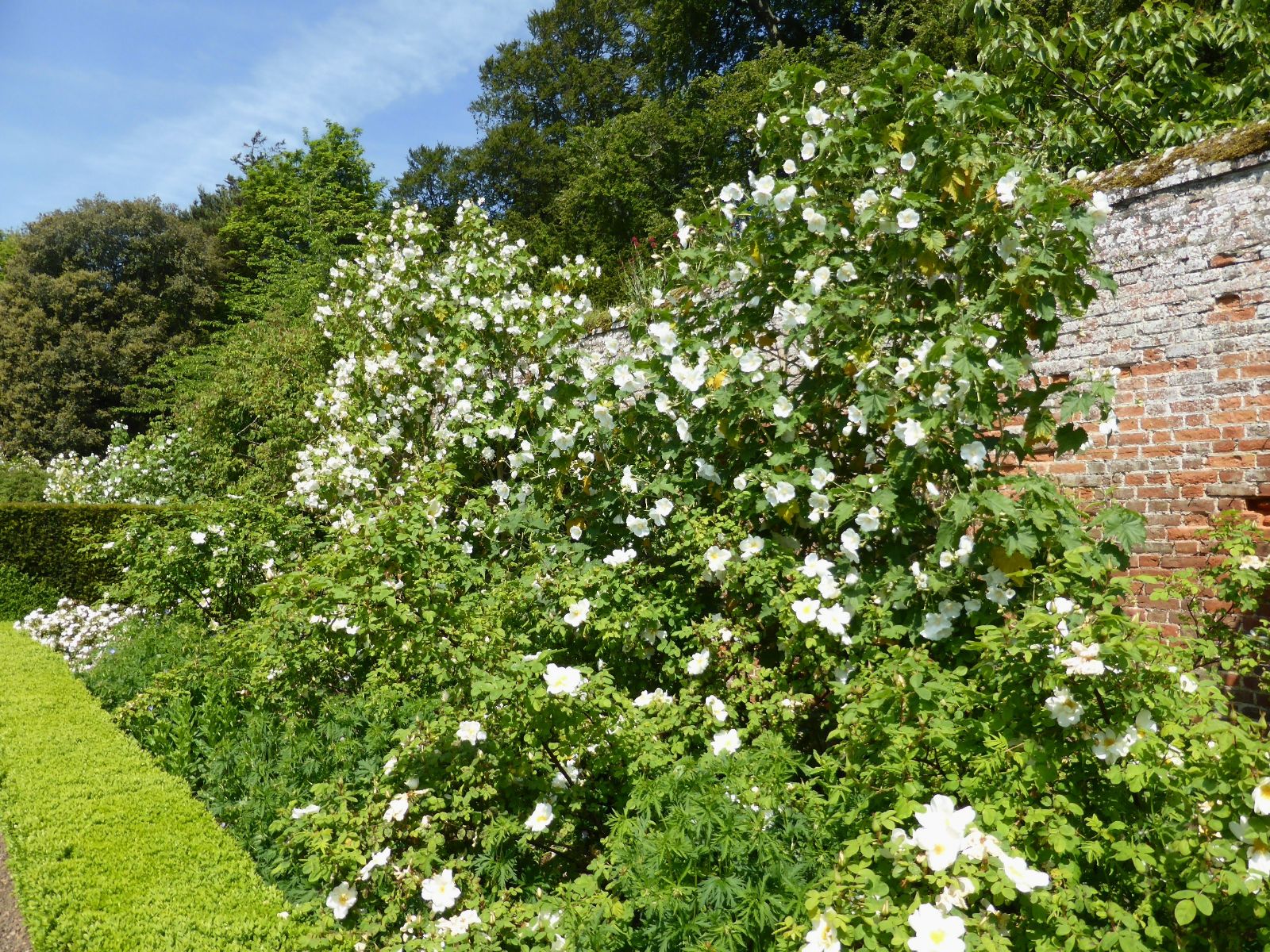Abutilon
Credits
Article from Bean's Trees and Shrubs Hardy in the British Isles
Recommended citation
'Abutilon' from the website Trees and Shrubs Online (treesandshrubsonline.
Family
- Malvaceae
A genus of about one hundred woody or herbaceous species, mostly tropical and sub-tropical in distribution. The cultivated species are soft-wooded plants, nearly all of them natives of Central and S. America, with showy flowers borne singly in the leaf-axils, or in small panicles. As is common in the Mallow family the numerous stamens are united into a tube which surrounds the gynoecium; the ovary has several chambers and the style is divided into as many arms as there are chambers; the calyx may be tubular and only shortly five-lobed, or divided to the base into five segments; petals five. The fruit is dry and splits into segments (schizocarps), each of which opens to release a few seeds.
A. vitifolium, A. ochsenii and two other species not described here are characterised by a type of style not seen elsewhere in the genus and are for this reason separated as a distinct section – Corynabutilon – or even as a distinct genus (Kearney in Leafl. West. Bot., 5, p. 189, 1949).


